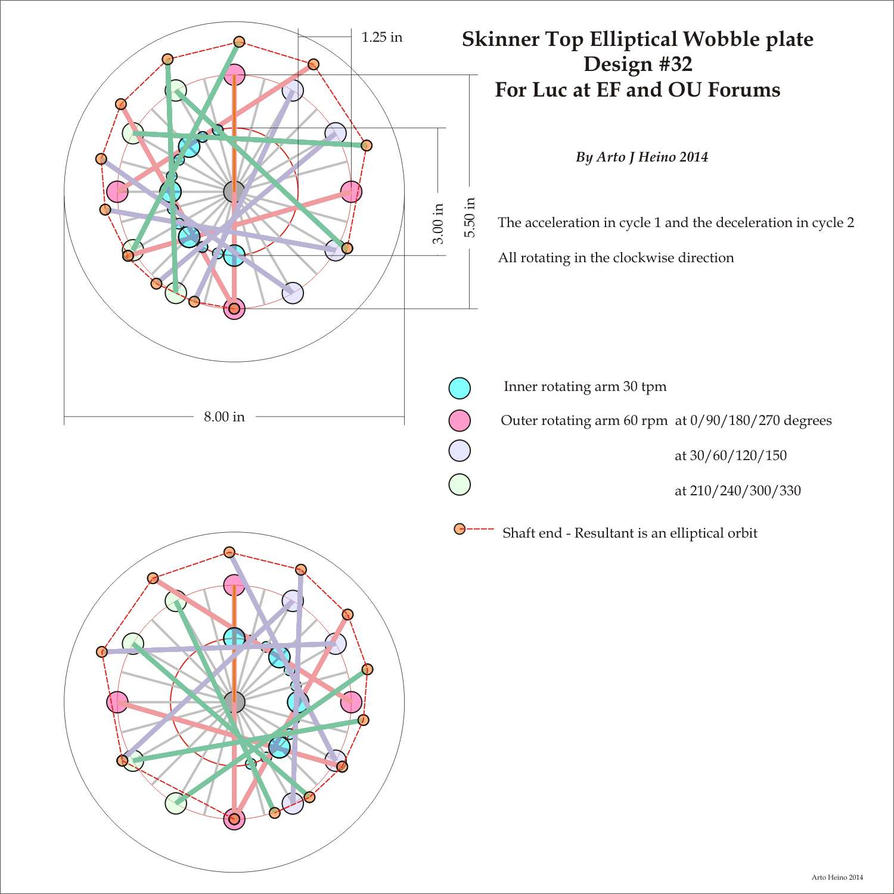use of video
Go for it!  Just please give credit and reference this thread if you don't mind. Good luck!
Just please give credit and reference this thread if you don't mind. Good luck!
Originally posted by hal.freeman
View Post
 Just please give credit and reference this thread if you don't mind. Good luck!
Just please give credit and reference this thread if you don't mind. Good luck!
 to use your videos/images in a editing i am doing with the key concepts explained in portuguese, to start this thread in our (newly created) brazilian forum.
to use your videos/images in a editing i am doing with the key concepts explained in portuguese, to start this thread in our (newly created) brazilian forum.




 ).
). )
) 
Comment